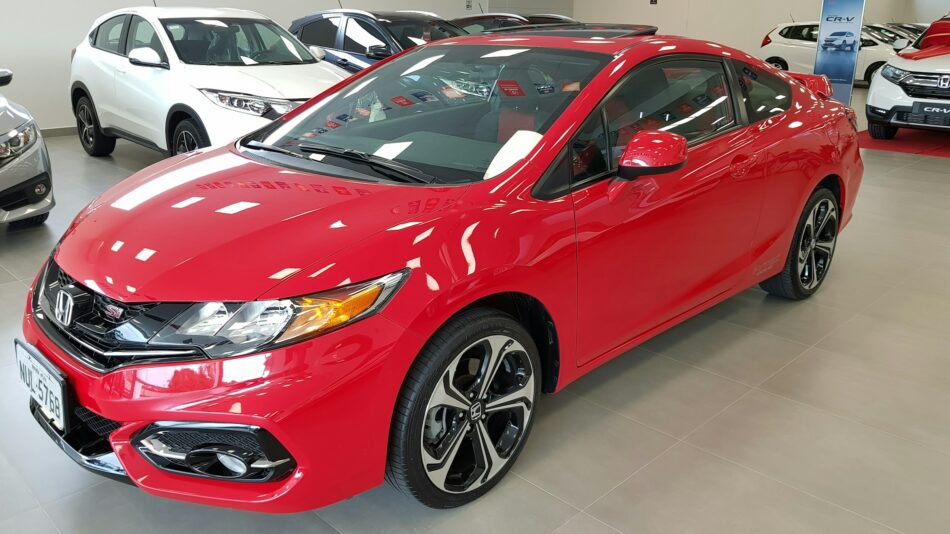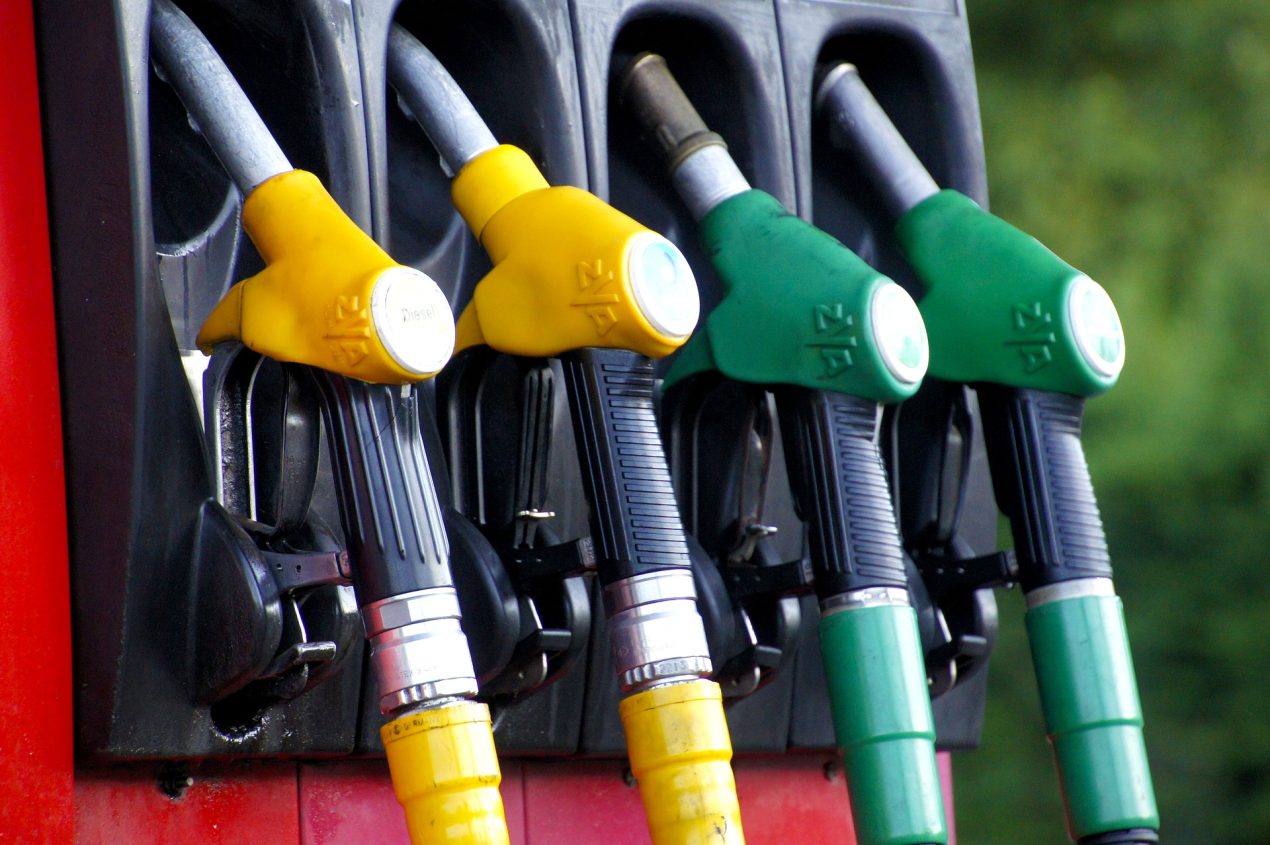Newer, more efficient SUVs are helping to improve the image of these vehicles among consumers. SUVs are no longer just seen as gas-guzzling, oversized and overpriced cars that are impractical for everyday driving.

More and more manufacturers have launched new generation models with greater fuel efficiency, smaller engines, hybrid drivetrains and even all-electric battery power. That’s not to say that every SUV on sale today is environmentally unfriendly.
Many automakers have recognized the demand for more eco-friendly vehicles. As a result, they’ve introduced newer models with reduced CO2 emissions, increased fuel economy and other green features – below we look at some of the most significant advances made by manufacturers in this field.
Regenerative braking
One of the biggest advances in efficiency in recent times is the use of regenerative braking. This technology is already widely used in hybrid electric vehicles but it is starting to become more commonplace in non-hybrid models as well.
When you take your foot off the accelerator in a hybrid or electric vehicle, the engine is automatically decoupled from the wheels, which means you don’t get any power from the engine.

Instead, the kinetic energy from the vehicle is converted into electricity by the car’s “electric machine,” which recharges the car’s battery as it slows down.
When you then apply the brakes, the energy that would otherwise be lost as heat is instead stored by the electric machine and then used to recharge the car’s battery.
This means that the car’s battery can be recharged without the use of a fuel-powered generator. This is a far more efficient process than using the engine to recharge the battery, which consumes fuel and produces CO2 emissions.
Hybrid drivetrains
Hybrid SUVs are one of the most efficient types of vehicles. They divert kinetic energy that would otherwise be lost when braking and store it in a battery.
This energy can then be used to help the engine when accelerating or travelling at speeds lower than the usual maximum speed of the vehicle.

This means that the internal combustion engine (ICE) is only used intermittently, when there is more demand for it, such as when accelerating. Hybrid SUVs typically have smaller, more efficient engines than non-hybrid SUVs.
Hybrid SUVs vary in their fuel economy rating. Manufacturers typically use “miles per gallon” (mpg) as a measure of fuel economy, but this doesn’t take into account how the engine works in different conditions.
A hybrid SUV with a combined mpg rating of 50 might be as efficient as a non-hybrid SUV with a rating of 45 mpg, depending on how the hybrid engine works compared to the non-hybrid SUV.
Increased use of lightweight materials
Another important advancement has been the increased use of lightweight materials such as aluminium and carbon fiber.
The trend for using lighter materials has been rising for some time.
The benefits have been two-fold: cars have become more efficient, with better braking and acceleration characteristics; and they have also become more manoeuvrable and safer – thanks to reduced weight.
Now SUVs are benefitting from this development. Using lightweight materials in the construction of SUVs can reduce the vehicle’s weight by a considerable margin – sometimes as much as 400 pounds.
This can lead to a reduction in fuel consumption of around 30%. It also means SUVs have reduced CO2 emissions, making them more environmentally friendly.
Continuously-variable transmissions and electronic 6-speed transmissions
Manual transmissions are more efficient than automatics because there is no energy loss when a gear change is made.
However, until recently, manual transmissions were only really used in smaller SUVs, due to the level of driver skill required to use them. Recent advancement in manual transmission technology has seen the introduction of “continuously-variable transmissions” (CVTs).
A CVT is a type of transmission that uses a belt, rather than several gears, to transmit power from the engine to the wheels.
This allows the driver to select a precise gear ratio – as they would with a normal transmission. But it also means that the drive can be more efficient, since the gears can be changed quickly, according to the road conditions.
Coefficient of drag improvements
Another significant development in recent years has been the improvements made to the coefficient of drag (Cd) of SUVs.
Cd is a value that measures how easily a vehicle moves through the air. The lower the Cd of a vehicle, the more efficient it is in terms of fuel consumption.
One way in which manufacturers have reduced the Cd of SUVs is by redesigning their bodies, to make them sleeker and less blocky. Other measures include the use of smaller, more efficient wheels and the addition of a rear spoiler.
Conclusion
The SUV is not just a gas-guzzling, inefficient vehicle as they’ve historically been in the past. This has become apparent in recent years, as SUVs have become more efficient, with smaller engines and more lightweight materials.
Hybrid drivetrains have become more common, allowing these large vehicles to more efficiently convert energy into power. Meanwhile, the Cd of SUVs has been reduced, meaning they are more efficient at converting fuel into power.
As SUVs are becoming more efficient, they are also becoming more environmentally friendly. This makes them a more attractive option for many drivers, who may have previously been put off by the high emission levels of SUVs.
It will be interesting to see how these vehicles evolve in the years to come, as technological advances are likely to make them even more efficient.



